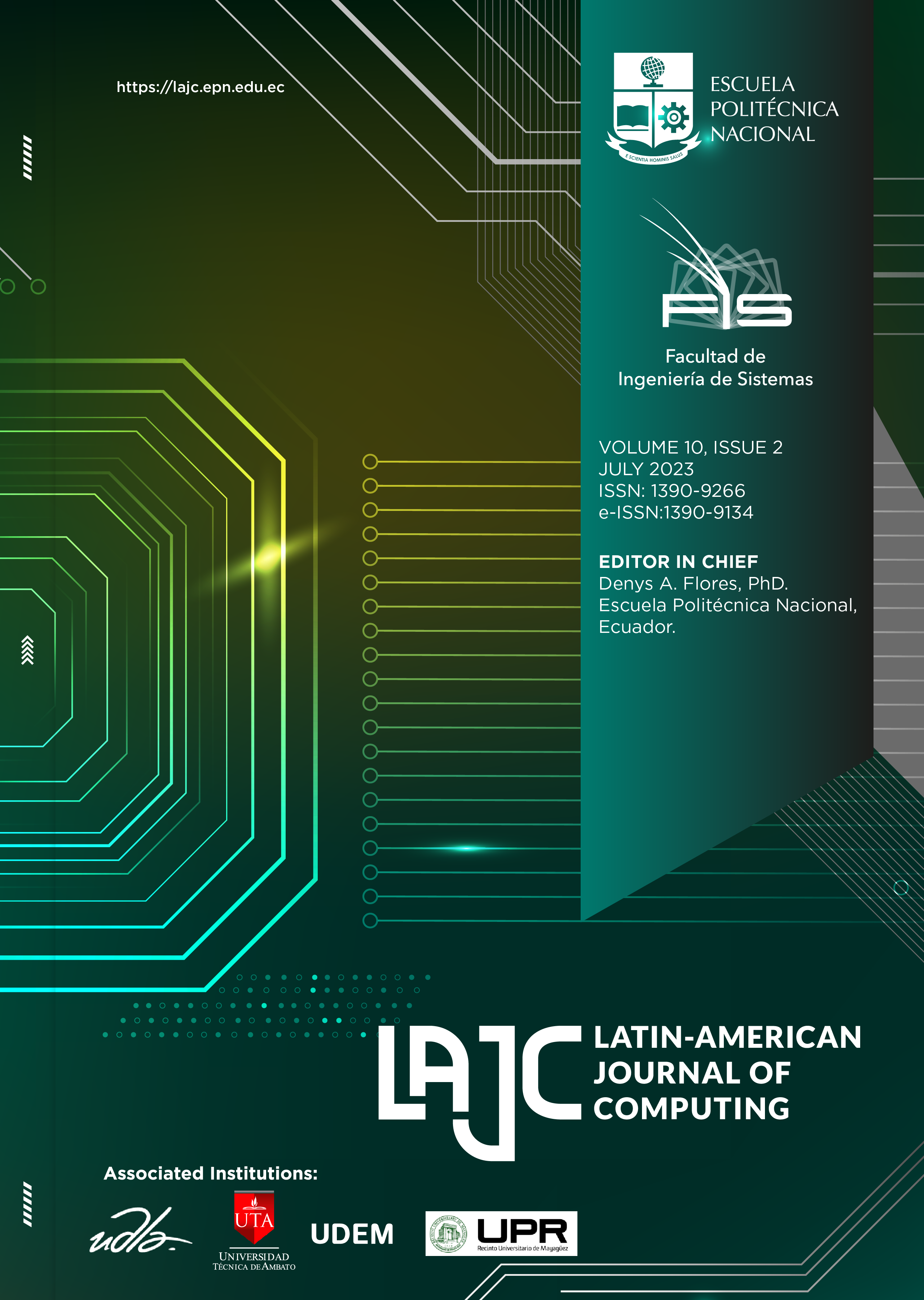The Stiffness Phenomena for the Epidemiological SIR Model: a Numerical Approach
Keywords:
Stiffness, SIR model, Numerical MethodsAbstract
Mathematical models are among the most successful strategies for predicting the dynamics of a disease spreading in a population. Among them, the so-called compartmental models, where the total population is proportionally divided into compartments, are widely used. The SIR model (Susceptible-Infected-Recovered) is one of them, where the dynamics between the compartments follows a system of nonlinear differential equations. As a result of the non-linearity of the SIR dynamics, it has no analytical solution. Therefore, some numerical methods must be used to obtain an approximate solution. In this contribution, we present simulated scenarios for the SIR model showing its stiffness, a phenomenon that implies the necessity of a small step size choice in the numerical approximation. The numerical results, in particular, show that the stiffness phenomenon increases with higher transmission rates and lower birth and mortality rates . We compare the numerical solutions and errors for the SIR model using explicit Euler, Runge Kutta, and the semi-implicit Rosenbrock methods and analyze the numerical implications of the stiffness on them. As a result, we conclude that any accurate numerical solution of the SIR model will depend on an appropriately chosen numerical method and the time step, in terms of the values of the parameters.
Downloads
Published
Issue
Section
License
Copyright Notice
Authors who publish this journal agree to the following terms:
- Authors retain copyright and grant the journal right of first publication with the work simultaneously licensed under a Creative Commons Attribution-Non-Commercial-Share-Alike 4.0 International 4.0 that allows others to share the work with an acknowledgement of the work's authorship and initial publication in this journal.
- Authors are able to enter into separate, additional contractual arrangements for the non-exclusive distribution of the journal's published version of the work (e.g., post it to an institutional repository or publish it in a book), with an acknowledgement of its initial publication in this journal.
- Authors are permitted and encouraged to post their work online (e.g., in institutional repositories or on their website) prior to and during the submission process, as it can lead to productive exchanges, as well as earlier and greater citation of published work.
Disclaimer
LAJC in no event shall be liable for any direct, indirect, incidental, punitive, or consequential copyright infringement claims related to articles that have been submitted for evaluation, or published in any issue of this journal. Find out more in our Disclaimer Notice.










